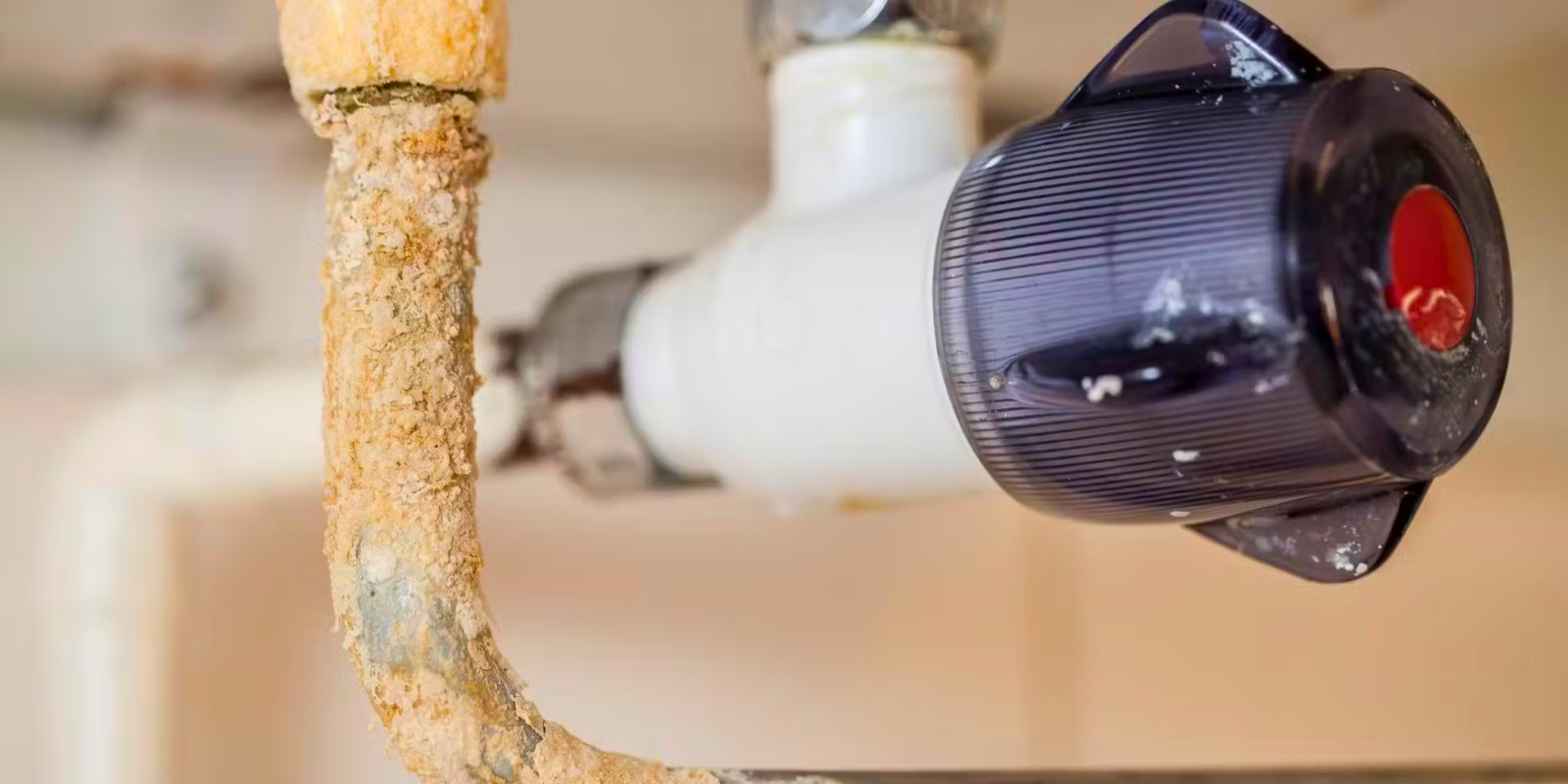How to tell if you have a burst pipe in your wall
Searching for a broken pipe within the confines of your walls can be a challenging endeavour, requiring a systematic approach and keen observation. From hidden water stains to peculiar sounds, the signs of a burst pipe can manifest in various ways. ERM Plumbing & Heating is here to help unravel the mysteries of identifying and addressing a burst pipe concealed behind your walls. Discover what to listen for, look for, and how to take action when faced with the possibility of a hidden pipe leak.
How do you find a broken pipe in the wall?
Locating a broken pipe within your wall requires a systematic approach, and recognizing the signs is crucial for early detection and effective resolution. These signs are as follows:
- Water stains: Look for unusual water stains on walls or ceilings, which can indicate a leak behind the surface.
- Dampness or mould: Moisture buildup or mould growth in specific areas could be a clue to a burst pipe.
- Decreased water pressure: Sudden drops in water pressure in faucets can be a sign of a pipe leak.
- Unpleasant odours: The presence of foul smells, especially if they persist, could point to a hidden water issue.
What does a burst pipe in the wall sound like?
A burst pipe within the wall can produce distinct sounds:
- Hissing or whistling: A high-pitched hissing or whistling noise might indicate water escaping through a small opening in the pipe.
- Constant dripping: If you hear a continuous dripping sound even when no faucets are on, it could signify a hidden leak.
What happens when a pipe bursts in the wall?
When a pipe bursts within the wall, the consequences can be serious:
- Water damage: The released water can damage your walls, floors, and ceilings, leading to costly repairs.
- Mould growth: Moist environments promote mould growth, which can have adverse health effects on occupants.
- Structural compromises: If left unattended, water can weaken the structural integrity of your home.
What causes pipes to burst in your home?
Several factors can lead to burst pipes:
- Freezing temperatures: During winter, water inside pipes can freeze and expand, causing them to burst.
- Aging pipes: Over time, pipes can deteriorate, making them more susceptible to bursting.
- Corrosion: Corrosion weakens pipes, making them prone to leaks and bursts.
Where do pipes usually burst in a house?
Pipes can burst in various areas, but common places include:
- Exterior walls: Pipes in exterior walls are vulnerable to freezing temperatures.
- Attic or basement: Poor insulation in these areas can expose pipes to extreme temperatures.
- Behind cabinets: Hidden pipes behind cabinets can burst unnoticed.
When should I be worried about a burst pipe?
Take action if you notice:
- Unexplained water: Water where it shouldn't be is a red flag.
- Unusual odours: Foul smells can indicate mould growth from water damage.
- Strange sounds: Hissing, dripping, or gurgling noises may indicate a pipe issue.
Early detection and swift action are crucial. If you suspect a burst pipe, contact ERM Plumbing & Heating immediately to minimize damage and ensure your home's safety. Your prompt response can save you time, money, and stress in the long run.

.jpg)

